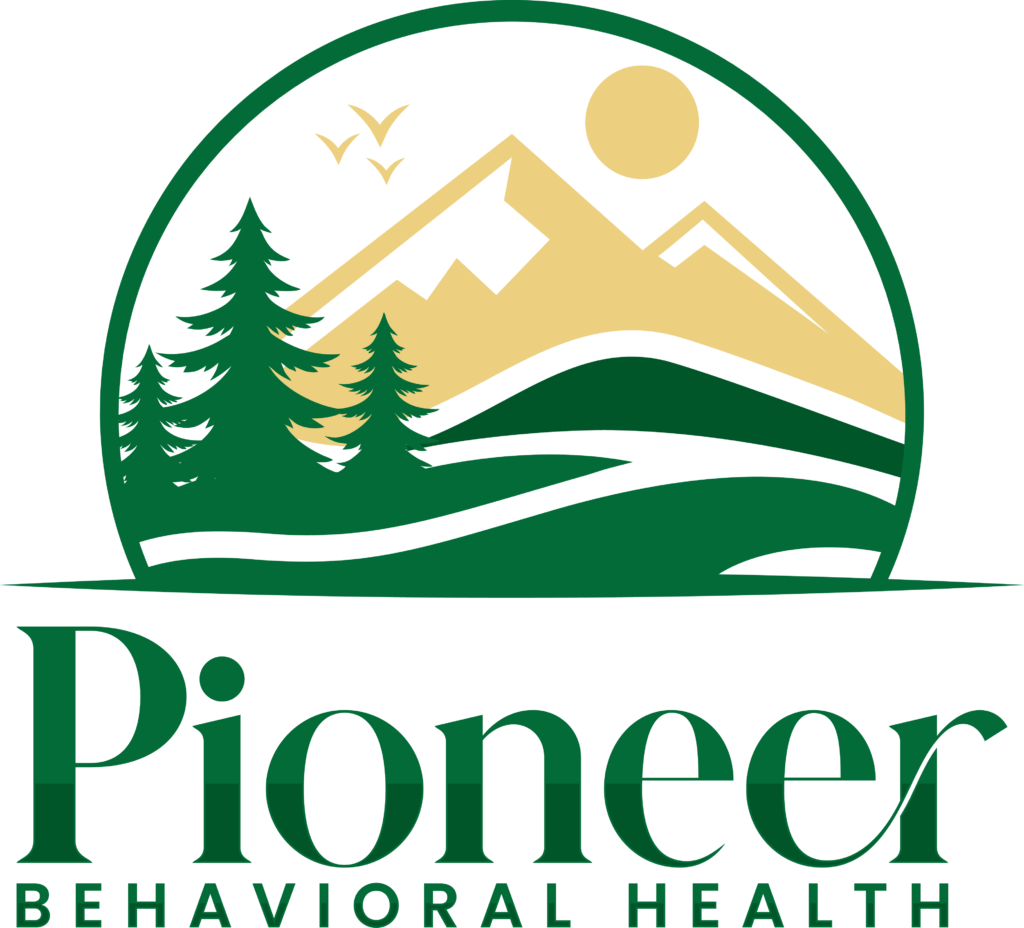Cocaine addiction is a pervasive and challenging issue that affects millions of individuals and their families worldwide. As a powerful stimulant, cocaine can lead to profound physical, psychological, and social consequences. Understanding the signs and symptoms of cocaine addiction is crucial for early intervention and effective treatment. This blog delves into the intricacies of cocaine addiction, outlining its indicators and exploring the various treatment options available to support recovery.
Understanding Cocaine Addiction
Cocaine is a potent central nervous system stimulant derived from the coca plant. It is commonly used recreationally for its euphoric effects, increased energy, and heightened alertness. However, repeated use can lead to significant health issues and addiction.
How Cocaine Affects the Brain and Body
Cocaine primarily affects the brain’s reward system by increasing levels of dopamine, a neurotransmitter associated with pleasure and motivation. This surge in dopamine creates intense feelings of euphoria, which can reinforce drug-taking behavior and contribute to addiction. Over time, the brain’s chemistry and function are altered, making it increasingly difficult to experience pleasure without the drug and leading to dependence.
Signs and Symptoms of Cocaine Addiction
Recognizing the signs and symptoms of cocaine addiction is essential for timely intervention. These indicators can be categorized into physical, behavioral, and psychological symptoms.
Physical Signs
- Dilated Pupils: One of the most noticeable physical signs, dilated pupils are a common reaction to cocaine use.
- Increased Heart Rate and Blood Pressure: Cocaine stimulates the cardiovascular system, leading to elevated heart rate and blood pressure.
- Loss of Appetite: Users often experience reduced hunger and may lose significant weight over time.
- Insomnia: Difficulty sleeping is a frequent symptom, as cocaine disrupts normal sleep patterns.
- Frequent Nosebleeds or Runny Nose: Snorting cocaine can damage the nasal passages, leading to recurrent nosebleeds or a persistent runny nose.
- Tremors and Muscle Twitches: Involuntary muscle movements can occur as a side effect of cocaine use.
- Skin Infections: Users may develop sores or infections from injecting cocaine or from compulsive skin picking, known as “cocaine bugs.”
Behavioral Signs
- Secretive Behavior: Individuals may become increasingly secretive about their activities, relationships, and whereabouts.
- Financial Problems: Cocaine addiction can lead to significant financial strain due to the high cost of the drug and potential loss of income.
- Neglecting Responsibilities: Users may neglect work, school, or family obligations in favor of obtaining and using cocaine.
- Social Isolation: Withdrawal from friends and family is common as relationships become strained.
- Risky Behaviors: Engaging in unsafe sexual practices or other high-risk activities to sustain the addiction.
Psychological Signs
- Euphoria and Increased Confidence: Initial use often leads to heightened mood and self-esteem.
- Anxiety and Paranoia: Chronic use can result in heightened anxiety levels and paranoid thinking.
- Mood Swings: Individuals may experience rapid and extreme changes in mood, from euphoria to irritability or depression.
- Hallucinations and Delusions: In severe cases, users may experience visual or auditory hallucinations and delusional thoughts.
- Obsessive Thoughts: Persistent thoughts about obtaining and using cocaine can dominate an individual’s mind, interfering with daily functioning.
Treatment Options for Cocaine Addiction
Overcoming cocaine addiction requires a multifaceted approach that addresses both the physical and psychological aspects of the disorder. Effective treatment often involves a combination of therapies, support systems, and, in some cases, medication.
1. Behavioral Therapies
Behavioral therapies are cornerstone treatments for cocaine addiction, focusing on modifying harmful behaviors and developing healthier coping mechanisms.
- Cognitive Behavioral Therapy (CBT): CBT helps individuals identify and change negative thought patterns and behaviors associated with cocaine use. By recognizing triggers and developing strategies to manage cravings, clients can reduce the likelihood of relapse.
- Contingency Management (CM): CM provides tangible rewards for maintaining sobriety and adhering to treatment goals. This approach reinforces positive behaviors and motivates individuals to stay clean.
- Motivational Interviewing (MI): MI is a client-centered approach that enhances motivation to change by exploring and resolving ambivalence towards quitting cocaine use.
2. Medication-Assisted Treatment (MAT)
While there are no FDA-approved medications specifically for cocaine addiction, some medications can help manage withdrawal symptoms and reduce cravings.
- Antidepressants: These can help address underlying mental health issues such as depression or anxiety that may contribute to substance use.
- Disulfiram: Originally used to treat alcoholism, disulfiram has shown promise in reducing cocaine use by causing unpleasant reactions when cocaine is consumed.
- Modafinil: This medication, typically used to treat narcolepsy, has been studied for its potential to reduce cocaine cravings and improve cognitive function in users.
3. Support Groups and Peer Support
Support groups provide a sense of community and shared experience, which can be invaluable for individuals recovering from cocaine addiction.
- Narcotics Anonymous (NA): NA is a 12-step program that offers support and accountability through regular meetings and peer interactions.
- SMART Recovery: This evidence-based program focuses on self-empowerment and cognitive-behavioral strategies to support addiction recovery.
4. Inpatient and Outpatient Rehabilitation Programs
Rehabilitation programs offer structured environments and comprehensive care tailored to an individual’s needs.
- Inpatient Rehab: Provides intensive, round-the-clock support in a residential setting. Ideal for individuals with severe addiction or those who have not succeeded with outpatient treatments.
- Outpatient Rehab: Offers flexibility by allowing individuals to receive treatment while continuing to live at home and maintain daily responsibilities. Suitable for those with milder addiction or strong support systems.
5. Holistic and Complementary Therapies
Holistic therapies address the whole person, promoting overall well-being and aiding in the recovery process.
- Mindfulness and Meditation: Techniques that enhance present-moment awareness and reduce stress, helping individuals manage cravings and emotional triggers.
- Yoga and Physical Exercise: Promote physical health, reduce anxiety, and improve mood, contributing to overall recovery.
- Art and Music Therapy: Provide creative outlets for expressing emotions and processing traumatic experiences related to addiction.
6. Aftercare and Relapse Prevention
Aftercare programs ensure ongoing support following initial treatment, helping individuals maintain sobriety and navigate life’s challenges.
- Continued Therapy: Regular counseling sessions to address ongoing issues and reinforce coping strategies.
- Sober Living Homes: Provide a supportive, drug-free environment for individuals transitioning back into daily life.
- Relapse Prevention Plans: Develop personalized strategies to identify and manage potential triggers, reducing the risk of relapse.
The Importance of Comprehensive Treatment
Cocaine addiction is a complex disorder that affects multiple aspects of an individual’s life. Comprehensive treatment addresses the physical, emotional, and social dimensions of addiction, ensuring a holistic approach to recovery. Integrating various treatment modalities increases the likelihood of long-term success and improves overall quality of life.
Conclusion
Cocaine addiction poses significant challenges, but with the right support and treatment, recovery is attainable. Recognizing the signs and symptoms is the first step towards seeking help, while understanding the available treatment options empowers individuals to make informed decisions about their journey to sobriety. Whether through behavioral therapies, medication-assisted treatments, support groups, or holistic approaches, effective strategies exist to support long-term addiction recovery.
If you or someone you know is struggling with cocaine addiction, reaching out to a mental health professional or addiction specialist can initiate the path to healing and a healthier, substance-free life.
Take the First Step Towards Recovery
Facing cocaine addiction can be daunting, but you don’t have to do it alone. Seek professional help today and explore the various treatment options available to support your journey to recovery. Reach out to Pioneer Behavioral Health.


